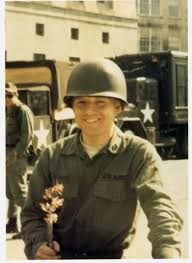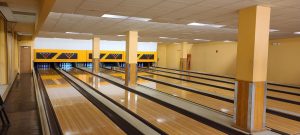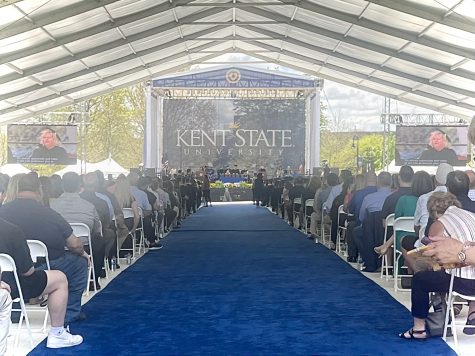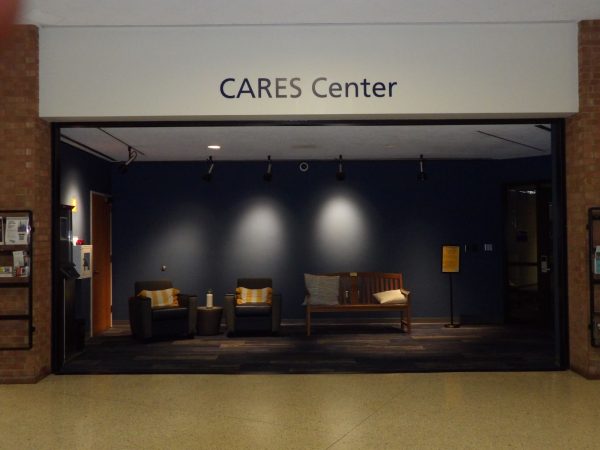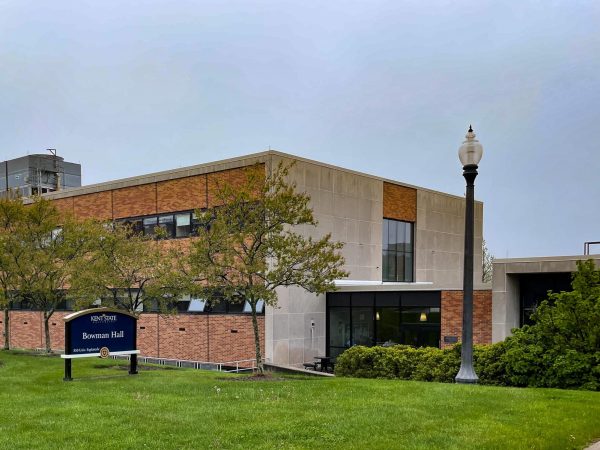Historian provides color on TV evolution
September 19, 2006
Alexander Magoun of the Society for Research Display speaks about the history of color television at the Kiva for the International Display Research Conference. The conference continues tonight with more speakers. ELIZABETH MYERS | DAILY KENT STATER
Credit: John Proppe
At the time of color TV’s development, George Brown was a head member of RCA. Brown, after a long night session of taking still frames for TV, decided to pull a prank by painting blue a bowl of bananas that were intended for a still shot.
Alex Magoun, executive director of the David Sarnoff Museum, told stories like this at the International Display Research Conference’s “Bananas were Blue” yesterday. The conference, part of the Society for Information Display’s 26th conference, discussed the transformation from black and white television to the modern color displays.
For the next few nights, the university will be hosting a series of lectures by those involved with the development of display technology and its advancements.
As a historian, Magoun had researched the notebooks and documents of important figures who had helped to develop the color television.
Magoun gave an overview of the color TV’s development from post-WWII America to the mid 1960s.
He warned the audience that naked people used to be a part of the color testing process for TV, and if they thought they’d be offended, he suggested they close their eyes.
This comment was followed by a very tasteful, one-second glimpse of a naked woman’s bare bottom.
Larry Weber, president for the Society for Information Display, was the second speaker. He has been studying and working with plasma displays since 1964.
David Allender, a professor of physics at Kent State and part of the Liquid Crystal Institute Interdisciplinary Program, said Weber was one of the key people who really developed plasma displays and made them successful.
Weber demonstrated a one-by-one inch plasma panel and a 4-inch panel, resembling the ones produced in the 1960s at the University of Illinois by Gene Slottow and Don Bitzer.
“It’s ugly,” Weber said jokingly, of having to make the plasma panels as a graduate student.
A schedule of the week’s events is available in the entrance of the Kiva.
Contact academic affairs reporter Heather Scarlett at [email protected].








